行业资讯
济南沥青混凝土配合比设计及优化指南
沥青混凝土(Asphalt Concrete,AC)是一种由沥青作为胶凝材料,与骨料、填料等混合而成的高性能路面材料,其配合比设计及优化需兼顾高温稳定性、低温抗裂性、水稳定性及经济性。以下是其设计及优化的关键步骤和方法:
Asphalt concrete (AC) is a high-performance pavement material made by mixing asphalt as a binder with aggregates, fillers, etc. Its mix design and optimization need to take into account high temperature stability, low temperature crack resistance, water stability, and economy. The following are the key steps and methods for its design and optimization: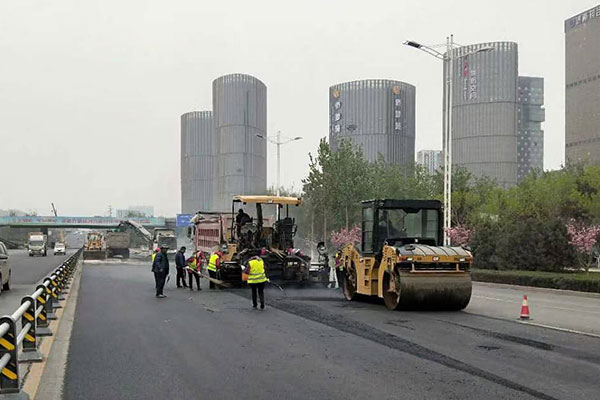
一、沥青混凝土配合比设计步骤
1、 Design steps for asphalt concrete mix proportion
1. 确定性能目标
1. Determine performance targets
路用性能:高温抗车辙性(动稳定度)、低温抗裂性(弯曲应变能)、水稳定性(冻融劈裂比)等。
Road performance: high temperature rutting resistance (dynamic stability), low temperature crack resistance (bending strain energy), water stability (freeze-thaw splitting ratio), etc.
施工要求:拌合温度、压实性能(空隙率范围3%~5%)、和易性。
Construction requirements: mixing temperature, compaction performance (porosity range of 3%~5%), and workability.
经济性:控制沥青用量,减少成本。
Economy: Control the amount of asphalt used to reduce costs.
2. 选择原材料
2. Select raw materials
沥青:根据气候条件选择标号(如70#、90#石油沥青)或改性沥青(SBS、橡胶改性)。
Asphalt: Select the grade (such as 70 #, 90 # petroleum asphalt) or modified asphalt (SBS, rubber modified) according to climatic conditions.
骨料:粗集料(粒径≥2.36 mm,玄武岩、石灰岩)、细集料(0.075~2.36 mm,机制砂)、矿粉(粒径<0.075 mm,石灰石粉)。
Aggregate: coarse aggregate (particle size ≥ 2.36 mm, basalt, limestone), fine aggregate (0.075-2.36 mm, machine-made sand), mineral powder (particle size<0.075mm, limestone powder).
添加剂:抗剥落剂(改善沥青-骨料黏附性)、纤维(木质素纤维、聚酯纤维增强抗裂性)。
Additives: Anti stripping agent (improves asphalt aggregate adhesion), fibers (lignin fibers, polyester fibers enhance crack resistance).
3. 初步配合比设计
3. Preliminary mix design
级配设计:按规范(如JTG F40)选择级配类型(连续级配AC、间断级配SMA、开级配OGFC),通过筛分试验确定骨料比例。
Grading design: Select grading types (continuous grading AC, intermittent grading SMA, open grading OGFC) according to specifications (such as JTG F40), and determine the proportion of aggregates through screening tests.
油石比(沥青含量):初选油石比范围(如AC-13通常为4.5%~6.0%),通过经验公式或查表法估算。
Oil stone ratio (asphalt content): The initial range of oil stone ratio (such as AC-13, usually 4.5%~6.0%) is estimated through empirical formulas or table lookup methods.
体积参数计算:目标空隙率(3%~5%)、矿料间隙率(VMA)、沥青饱和度(VFA)。
Volume parameter calculation: target porosity (3%~5%), mineral aggregate porosity (VMA), asphalt saturation (VFA).
4. 试配与性能验证(马歇尔试验)
4. Trial assembly and performance verification (Marshall test)
按初选级配和油石比制备试件,测试马歇尔稳定度、流值、体积参数。
Prepare specimens according to the initial grading and oil stone ratio, and test Marshall stability, flow value, and volume parameters.
若空隙率或稳定度不达标,调整级配曲线或油石比。
If the porosity or stability does not meet the standard, adjust the grading curve or oil stone ratio.
二、配合比优化方法
2、 Mix proportion optimization method
1. 正交试验法
1. Orthogonal experimental method
以油石比、纤维掺量、级配类型为变量,分析其对车辙深度、低温应变的影响。
Analyze the effects of oil stone ratio, fiber content, and grading type on rut depth and low-temperature strain.
示例:研究油石比(4.5%、5.0%、5.5%)与纤维掺量(0%、0.3%、0.5%)的组合效应。
Example: Study the combined effect of oil stone ratio (4.5%, 5.0%, 5.5%) and fiber content (0%, 0.3%, 0.5%).
2. Superpave设计法
2. Superpave design method
基于性能的PG(Performance Grade)分级,通过旋转压实仪(SGC)模拟现场压实,优化级配与沥青用量。
Performance Grade (PG) grading based on performance, simulated on-site compaction using a gyratory compactor (SGC), optimized grading and asphalt content.
控制设计压实次数(N_initial、N_design、N_max)下的空隙率。
Control the porosity under the designed compaction times (N_initial, N_design, N_max).
3. 数值模拟优化
3. Numerical simulation optimization
离散元法(DEM)模拟骨料堆积与沥青膜分布,优化级配减少空隙。
Discrete Element Method (DEM) is used to simulate aggregate accumulation and asphalt film distribution, optimize gradation and reduce voids.
有限元分析(FEA)预测路面应力分布,指导抗车辙设计。
Finite element analysis (FEA) is used to predict the stress distribution of road surfaces and guide anti rutting design.
4. 多目标优化算法
4. Multi objective optimization algorithm
结合响应面法(RSM)或遗传算法(GA),平衡高温性能与低温性能的矛盾需求。
Combining response surface methodology (RSM) or genetic algorithm (GA) to balance the conflicting demands of high temperature performance and low temperature performance.
示例:以动稳定度>800次/mm、冻融劈裂比>80%为目标,优化油石比与矿粉含量。
Example: Optimize the oil stone ratio and mineral powder content with the goal of dynamic stability>800 times/mm and freeze-thaw splitting ratio>80%.
三、常见问题与解决方案
3、 Common Problems and Solutions
高温车辙
High temperature ruts
提高粗集料比例(增强骨架结构);使用改性沥青或添加抗车辙剂(如PR Plast)。
Increase the proportion of coarse aggregate (enhance the skeleton structure); Use modified asphalt or add anti rutting agents (such as PR Plast).
低温开裂
Low temperature cracking
增加沥青用量或采用低标号沥青;掺加橡胶粉(提升柔韧性)。
Increase the amount of asphalt or use low-grade asphalt; Add rubber powder to enhance flexibility.
水损害
water damage
添加抗剥落剂(如胺类、石灰);优化矿粉比例(增强沥青-骨料黏附性)。
Add anti stripping agents (such as amines, lime); Optimize the proportion of mineral powder (enhance the adhesion between asphalt and aggregate).
空隙率不达标
The porosity does not meet the standard
调整细集料或矿粉含量;优化压实工艺(温度、碾压遍数)。
Adjust the content of fine aggregate or mineral powder; Optimize compaction process (temperature, number of rolling passes).
四、典型案例
4、 Typical case
案例:重载交通高速公路AC-20配合比优化
Case: Optimization of AC-20 Mix Proportion for Heavy duty Transportation Highways
目标:动稳定度≥1000次/mm,空隙率4%~6%。
Goal: Dynamic stability ≥ 1000 times/mm, porosity 4%~6%.
配比:
mixture ratio:
沥青:SBS改性沥青(PG76-22),油石比4.8%。
Asphalt: SBS modified asphalt (PG76-22), with an asphalt to stone ratio of 4.8%.
级配:粗集料(5~20 mm石灰岩)占比60%,细集料(0~5 mm机制砂)占比30%,矿粉10%。
Grading: Coarse aggregate (5-20mm limestone) accounts for 60%, fine aggregate (0-5mm machine-made sand) accounts for 30%, and mineral powder accounts for 10%.
添加剂:0.3%木质素纤维。
Additive: 0.3% lignin fiber.
优化结果:动稳定度1200次/mm,冻融劈裂比85%,满足重载道路要求。
Optimization results: Dynamic stability of 1200 times/mm, freeze-thaw splitting ratio of 85%, meeting the requirements of heavy-duty roads.
五、环保与再生技术
5、 Environmental Protection and Recycling Technology
温拌沥青技术:添加降黏剂(Sasobit),降低拌合温度(120~140℃),减少碳排放。
Warm mix asphalt technology: Adding a viscosity reducer (Sasobit) to lower the mixing temperature (120-140 ℃) and reduce carbon emissions.
再生沥青混合料(RAP):旧料掺量可达30%~50%,需调整新沥青与再生剂比例。
Recycled asphalt mixture (RAP): The old material content can reach 30%~50%, and the ratio of new asphalt to rejuvenator needs to be adjusted.
六、未来研究方向
6、 Future research directions
智能材料:自愈合沥青(微胶囊修复剂)、导电沥青(融雪化冰)。
Intelligent materials: self-healing asphalt (microcapsule repair agent), conductive asphalt (snow melting and ice melting).
绿色化:生物沥青(植物油基)、高比例RAP应用技术。
Greening: Application technology of bio asphalt (plant-based) and high proportion RAP.
数字化设计:基于AI的级配优化与性能预测。
Digital Design: AI based Grading Optimization and Performance Prediction.
通过科学的配合比设计与优化,沥青混凝土可适应不同气候与交通条件,在高速公路、机场跑道、城市道路等领域发挥关键作用。实际工程中需结合现场试验与长期性能监测,持续改进配比方案。
Through scientific mix design and optimization, asphalt concrete can adapt to different climate and traffic conditions, playing a key role in areas such as highways, airport runways, and urban roads. In practical engineering, it is necessary to combine on-site testing and long-term performance monitoring to continuously improve the proportioning scheme.
本文由 济南沥青混凝土 友情奉献.更多有关的知识请点击 http://www.ycgjglcl.com/ 真诚的态度.为您提供为全面的服务.更多有关的知识我们将会陆续向大家奉献.敬请期待.
This article is dedicated by Jinan Asphalt Concrete Friendship For more related knowledge, please click http://www.ycgjglcl.com/ Sincere attitude To provide you with comprehensive services We will gradually contribute more relevant knowledge to everyone Coming soon.


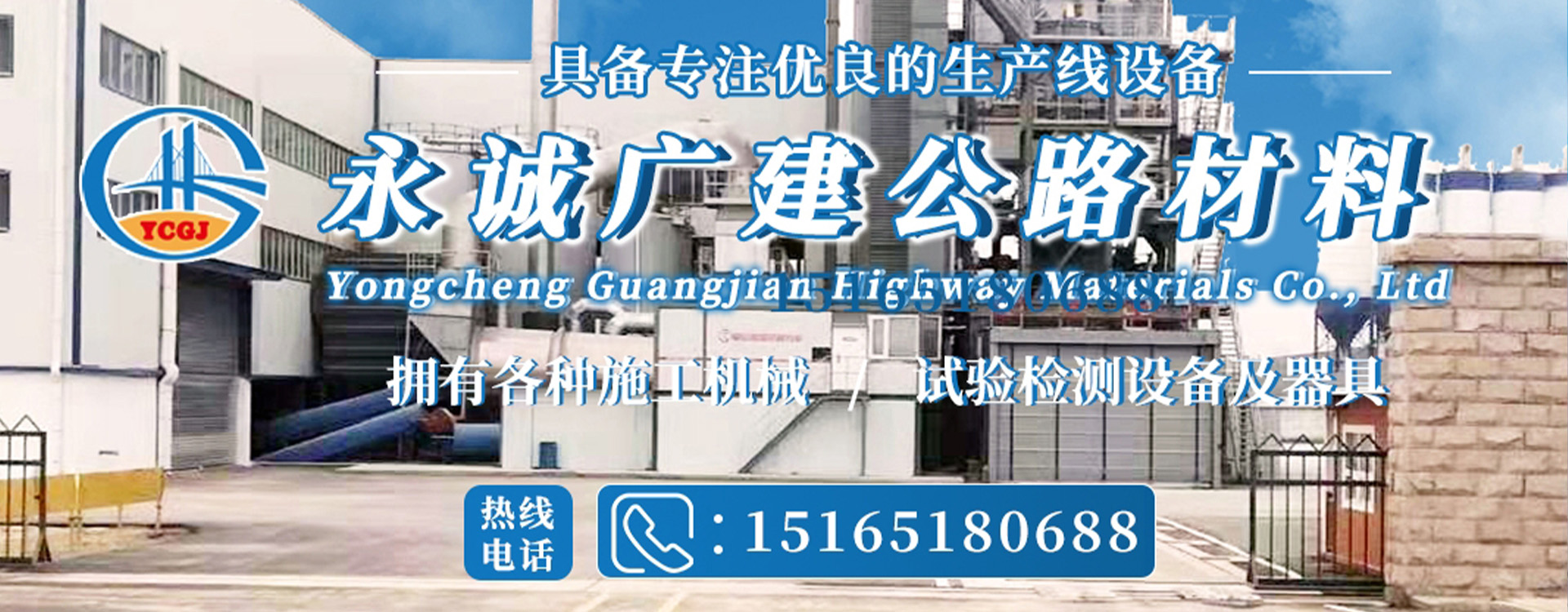
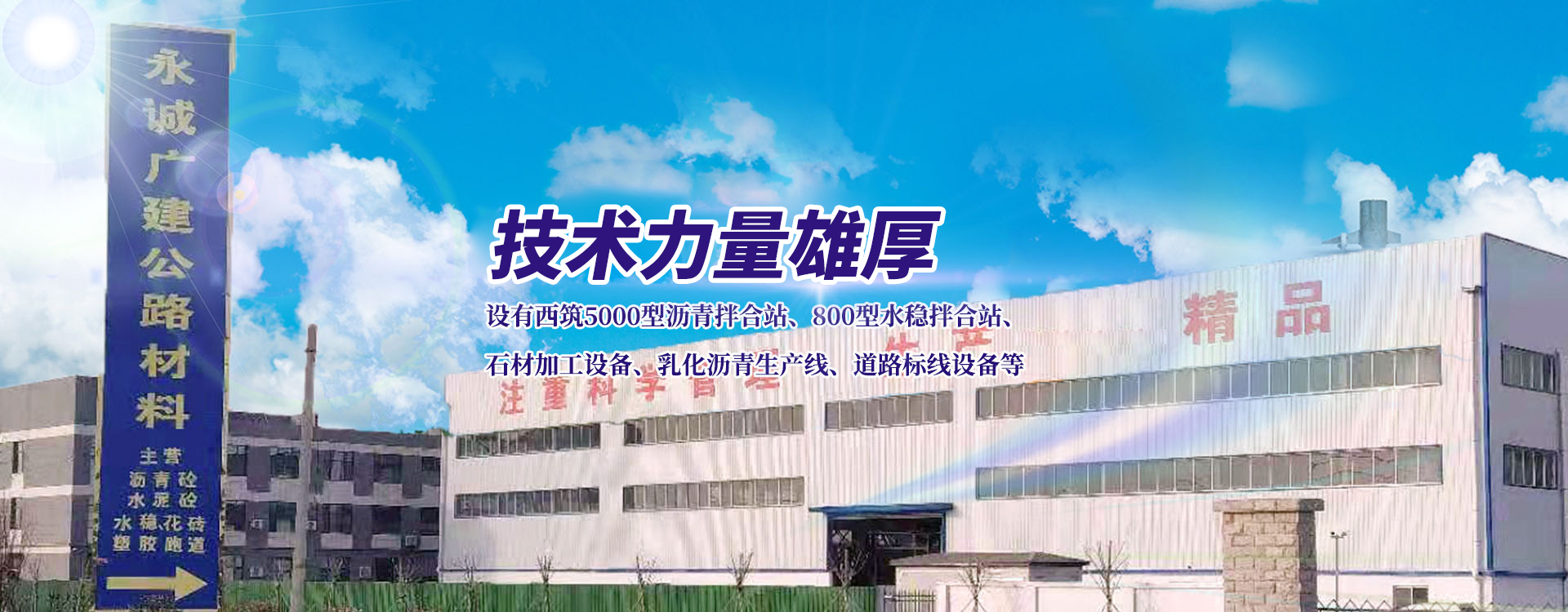
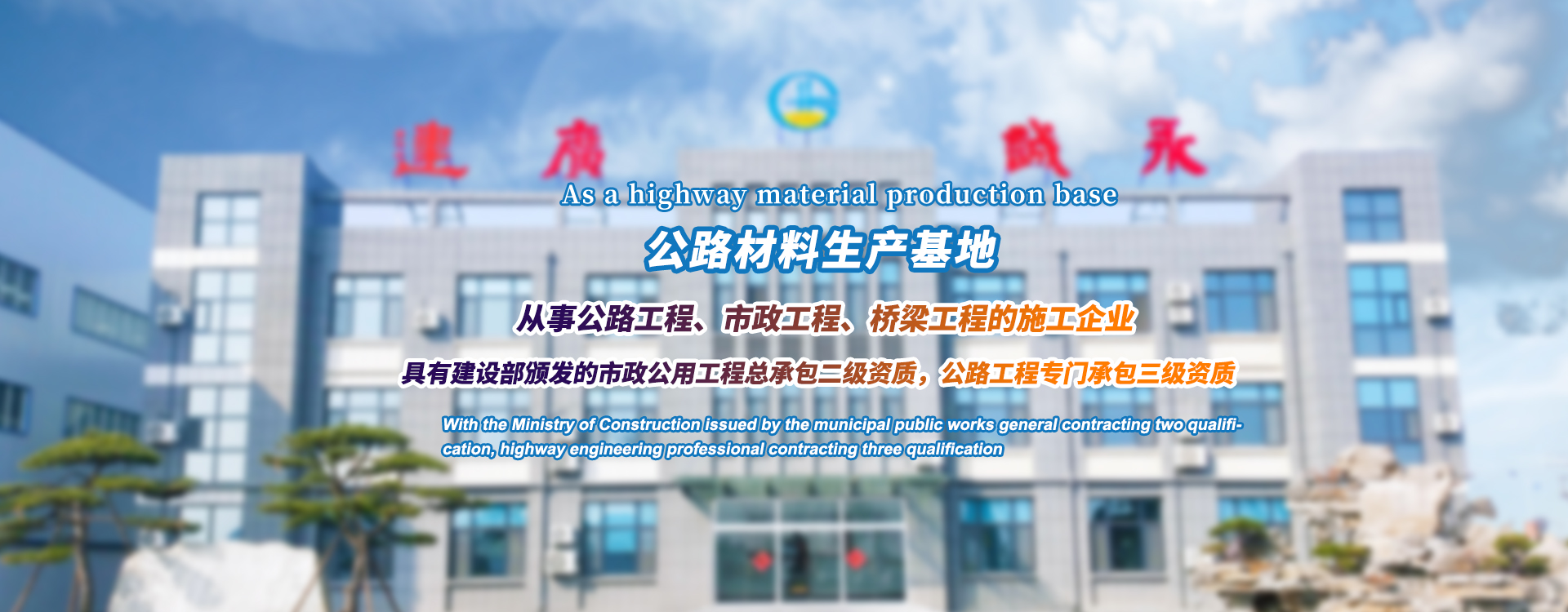







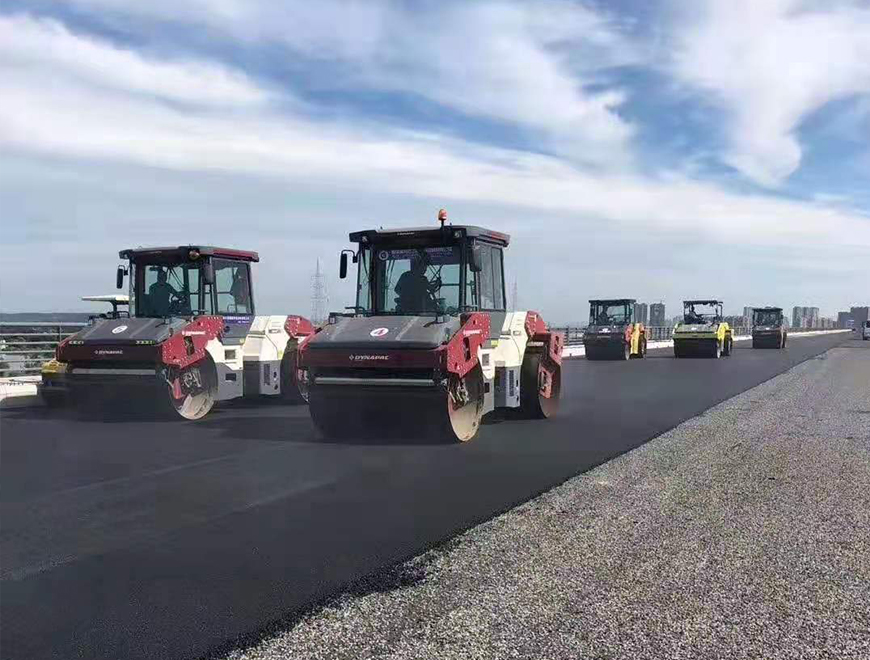
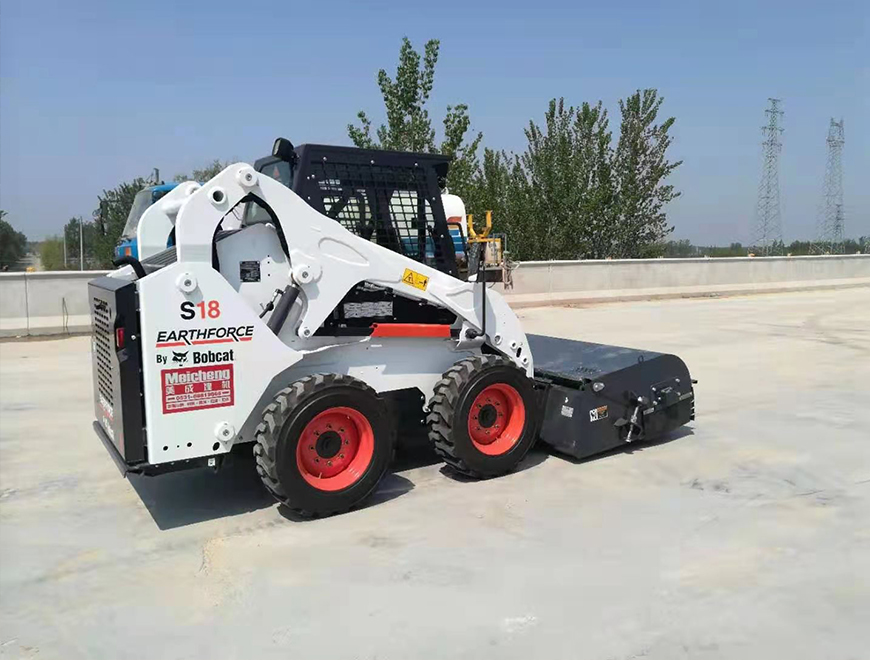
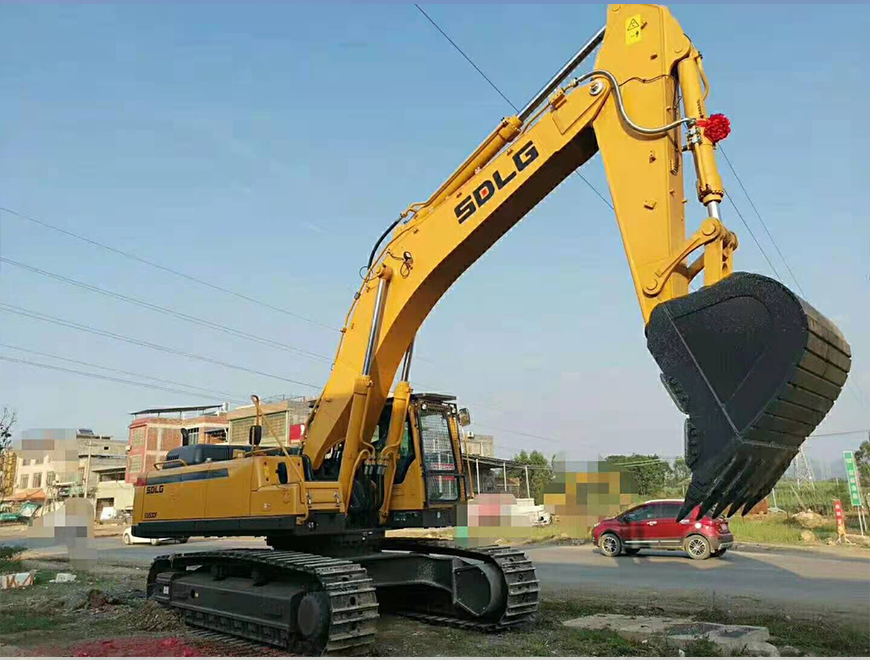
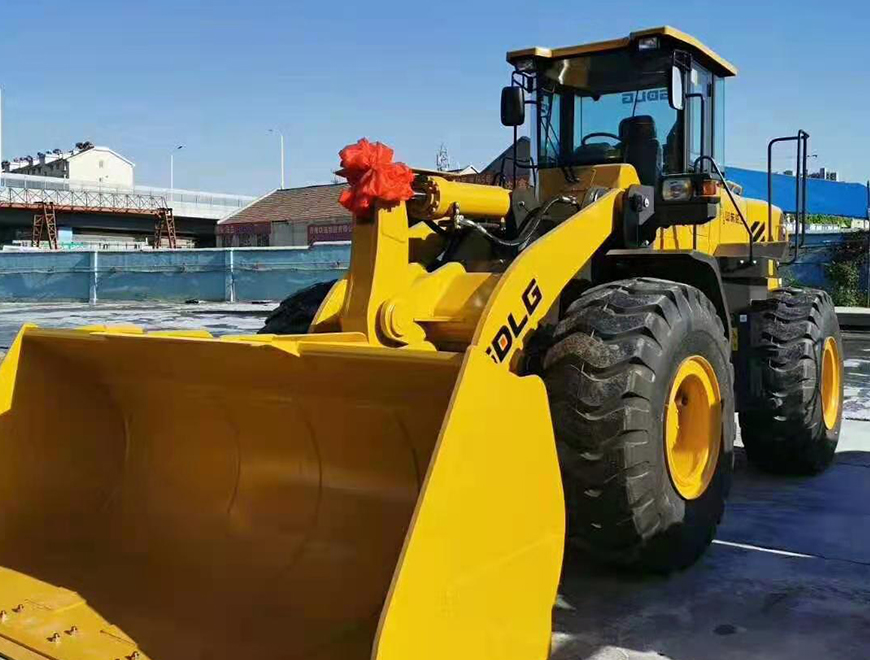
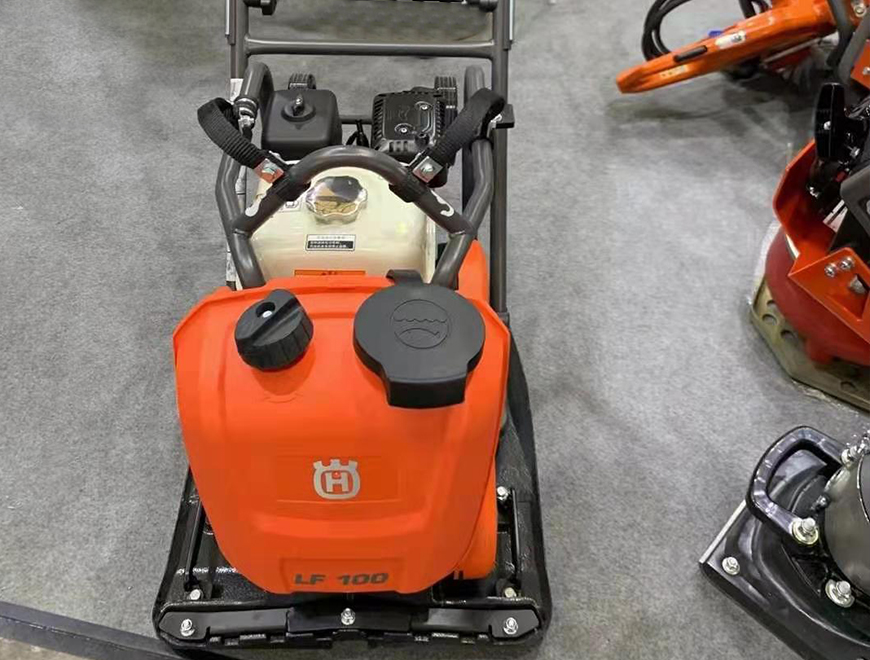
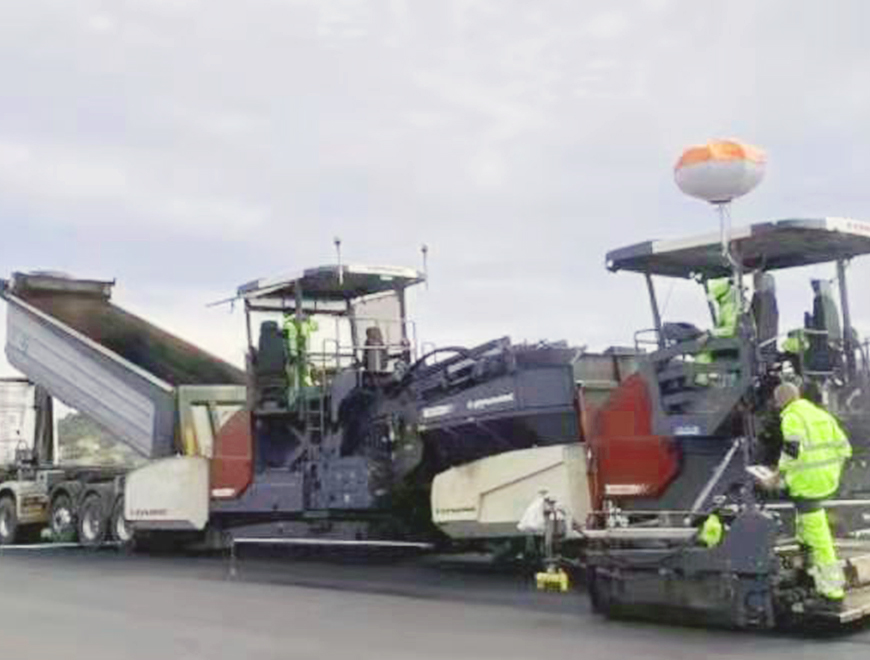
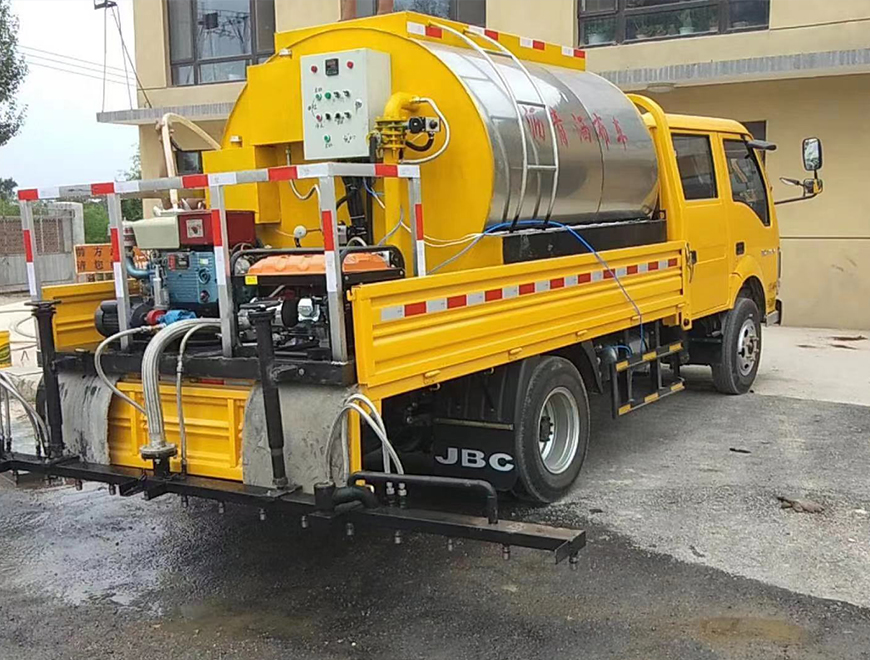

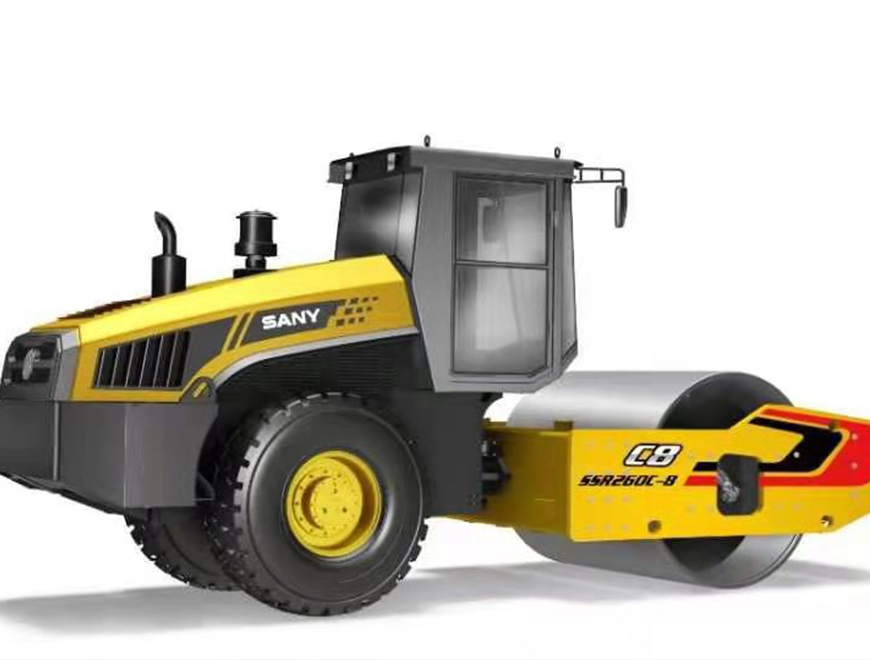
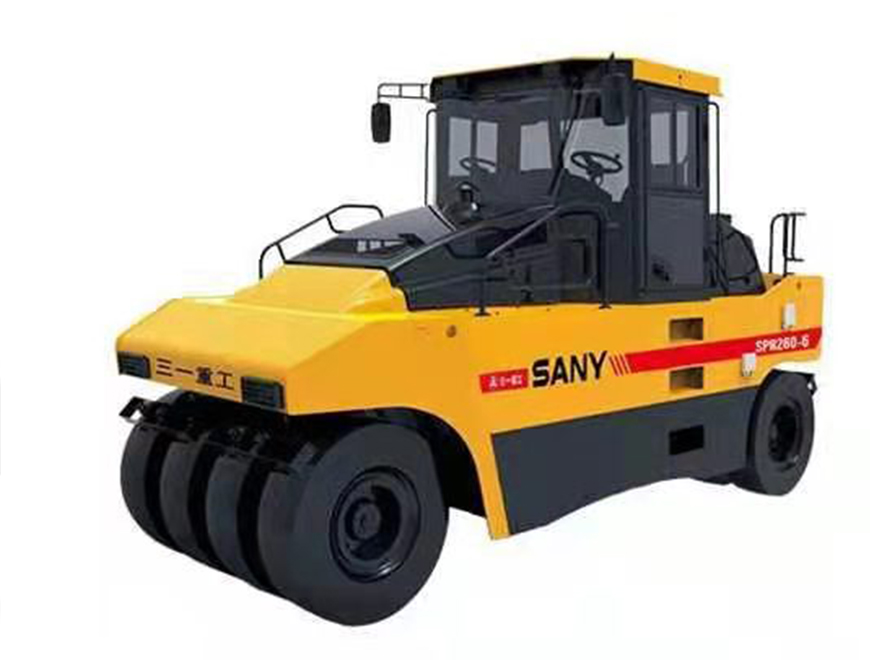
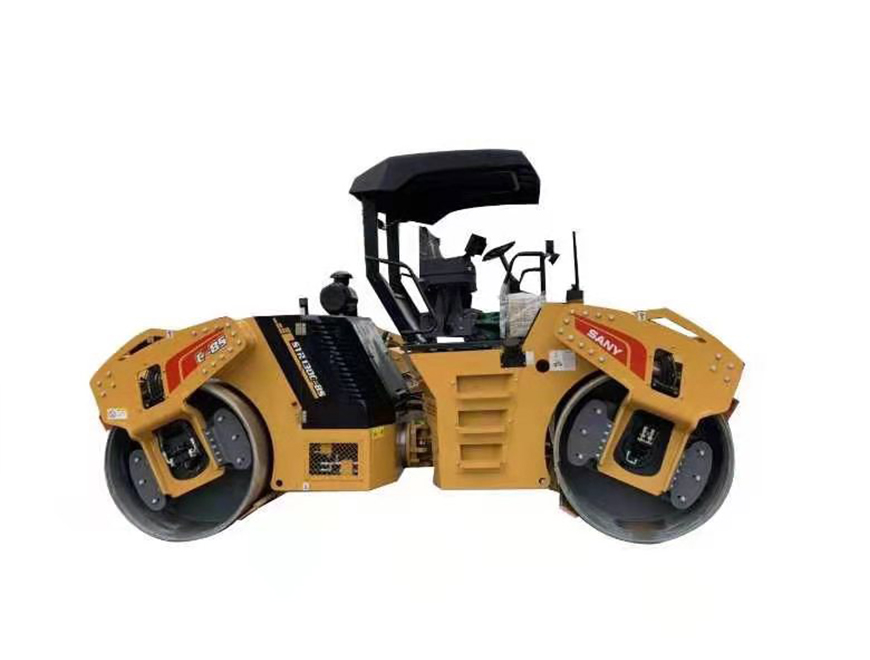
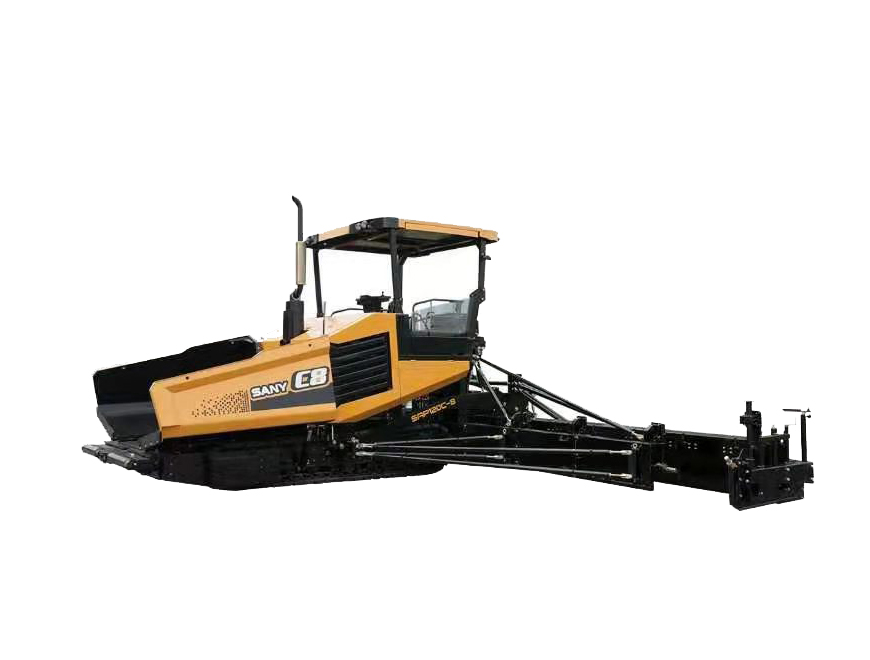
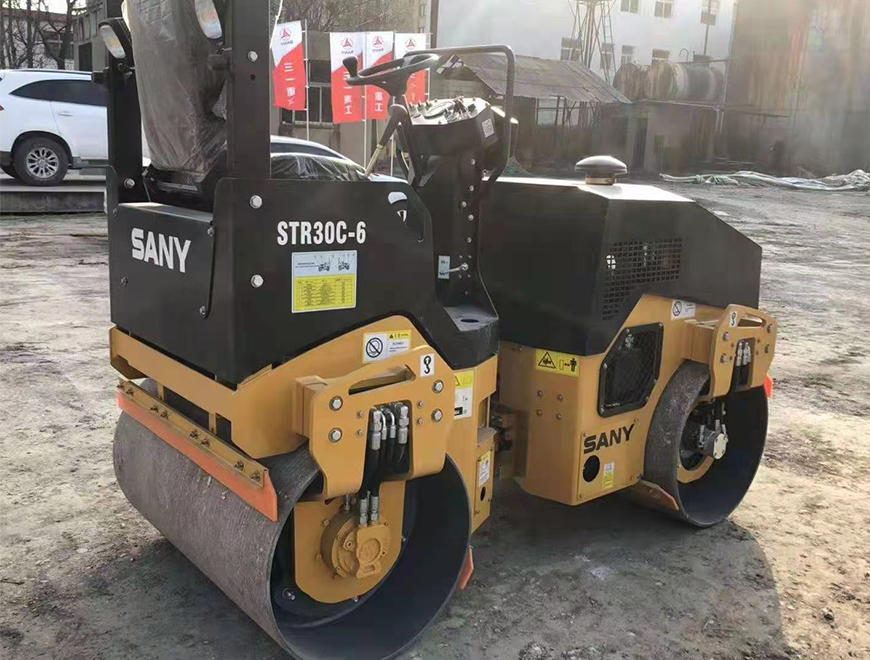
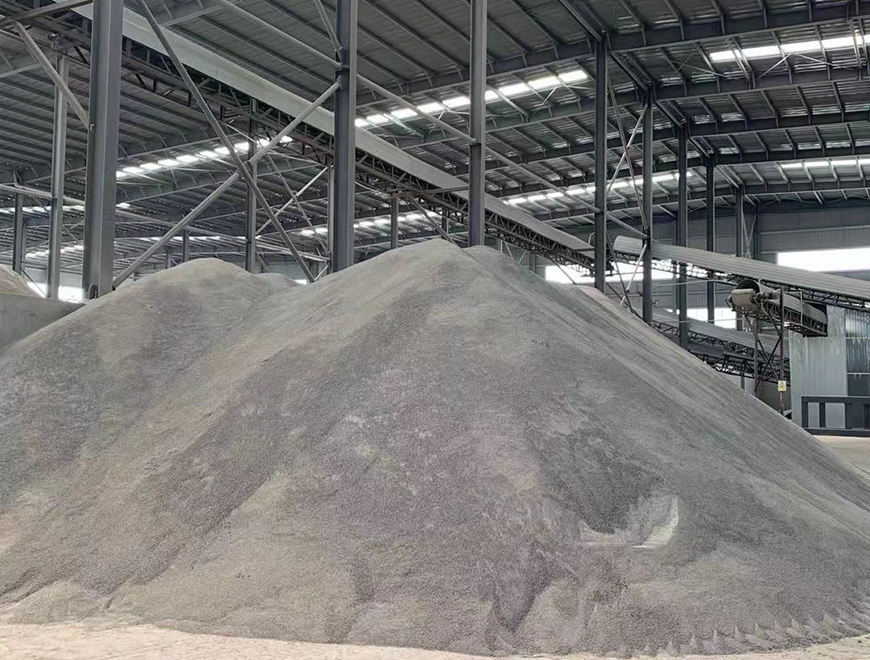
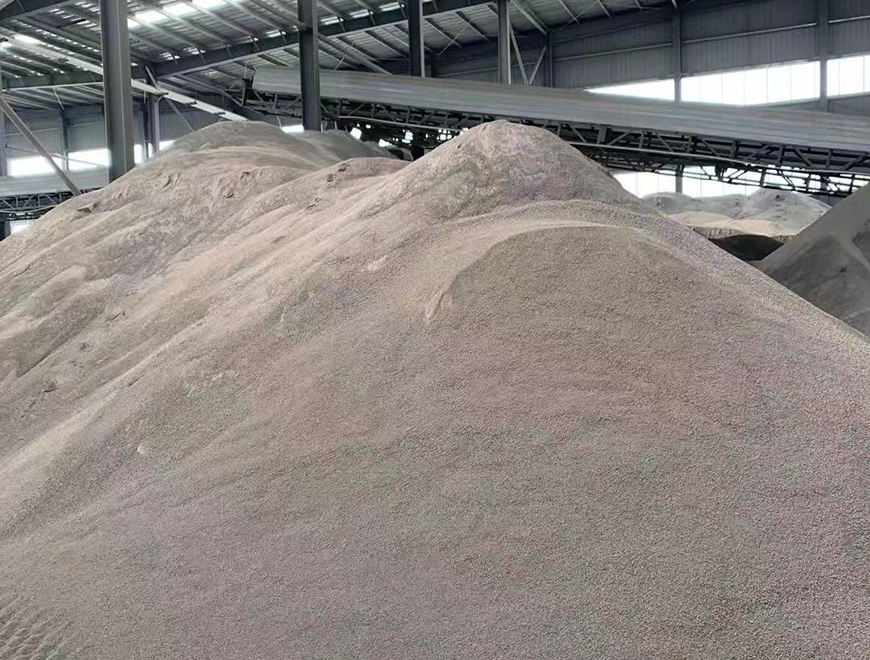
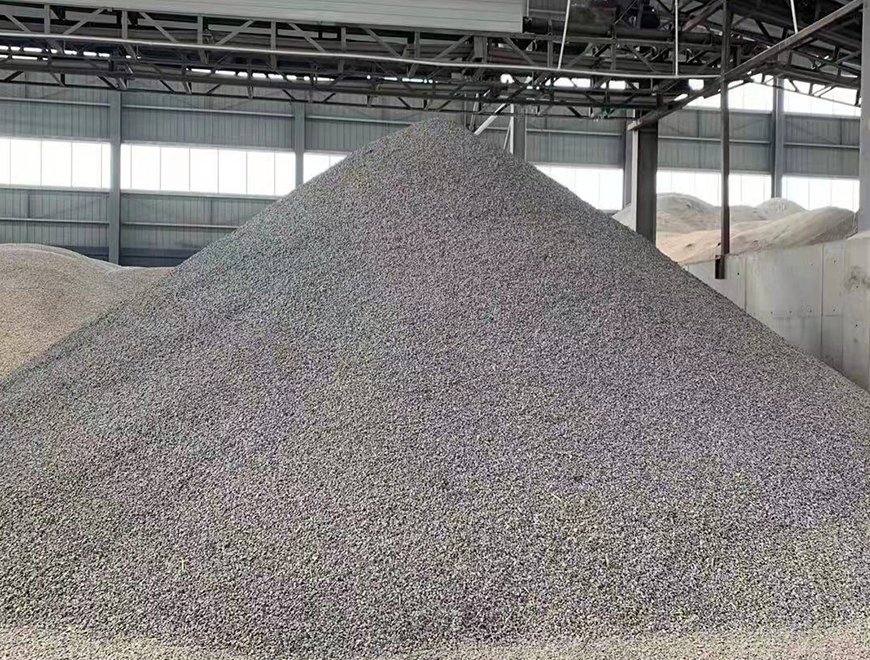
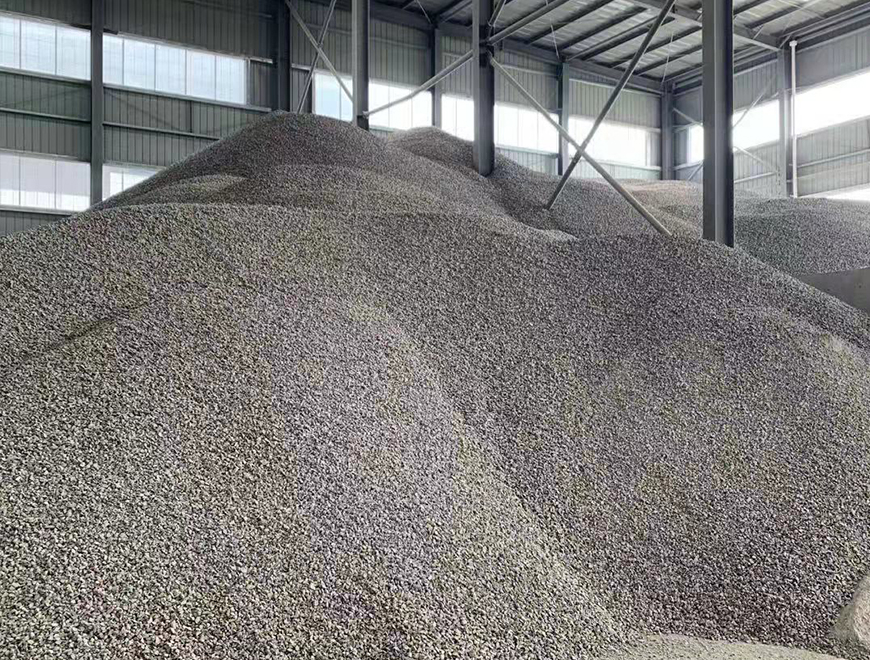
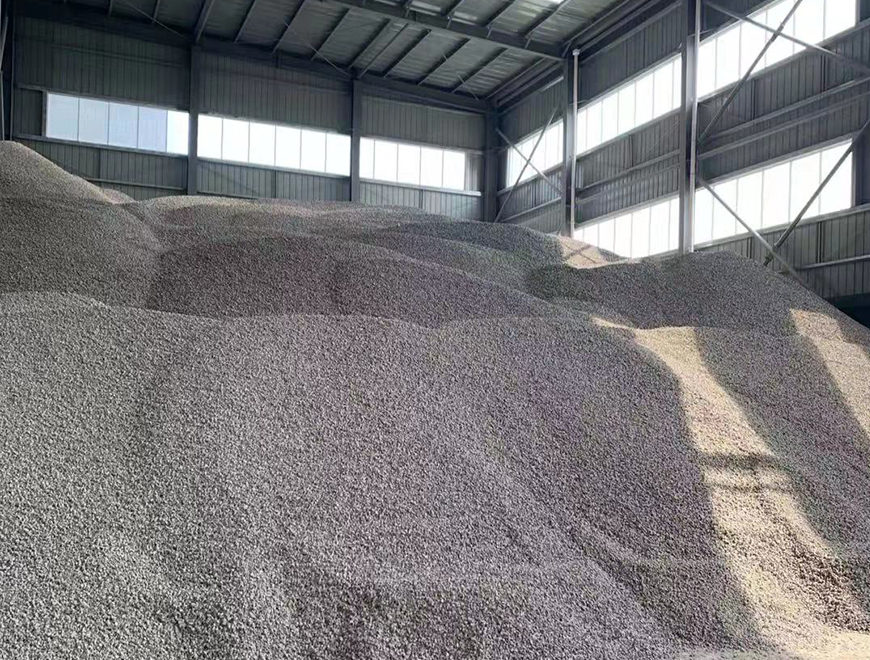
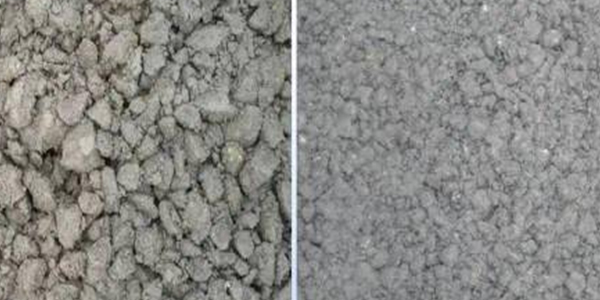
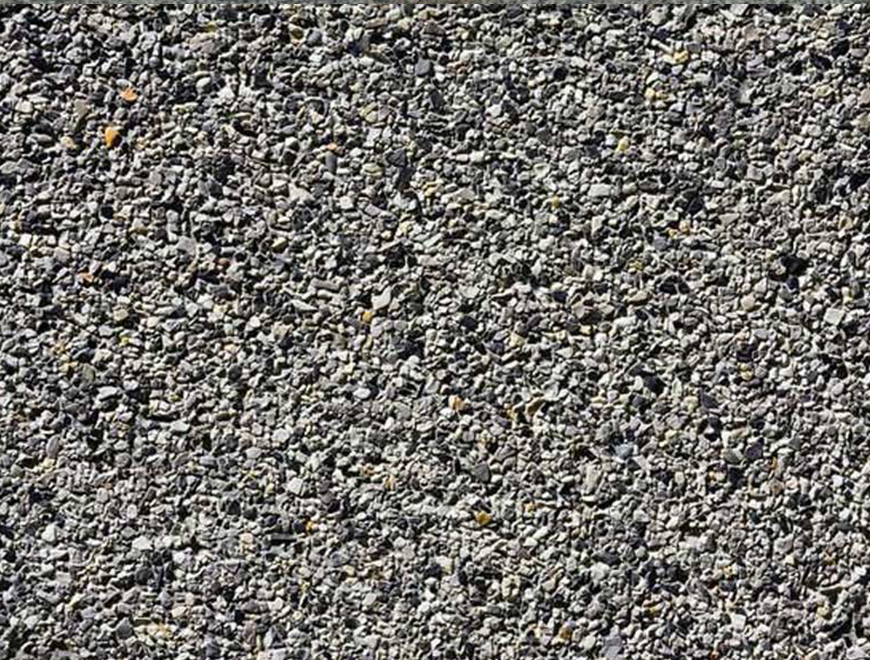





 公司地址:济南市商河县贾庄镇民营经济创业园
公司地址:济南市商河县贾庄镇民营经济创业园 公司名称:永诚广建公路材料(山东)有限公司
公司名称:永诚广建公路材料(山东)有限公司  备案号:
备案号: